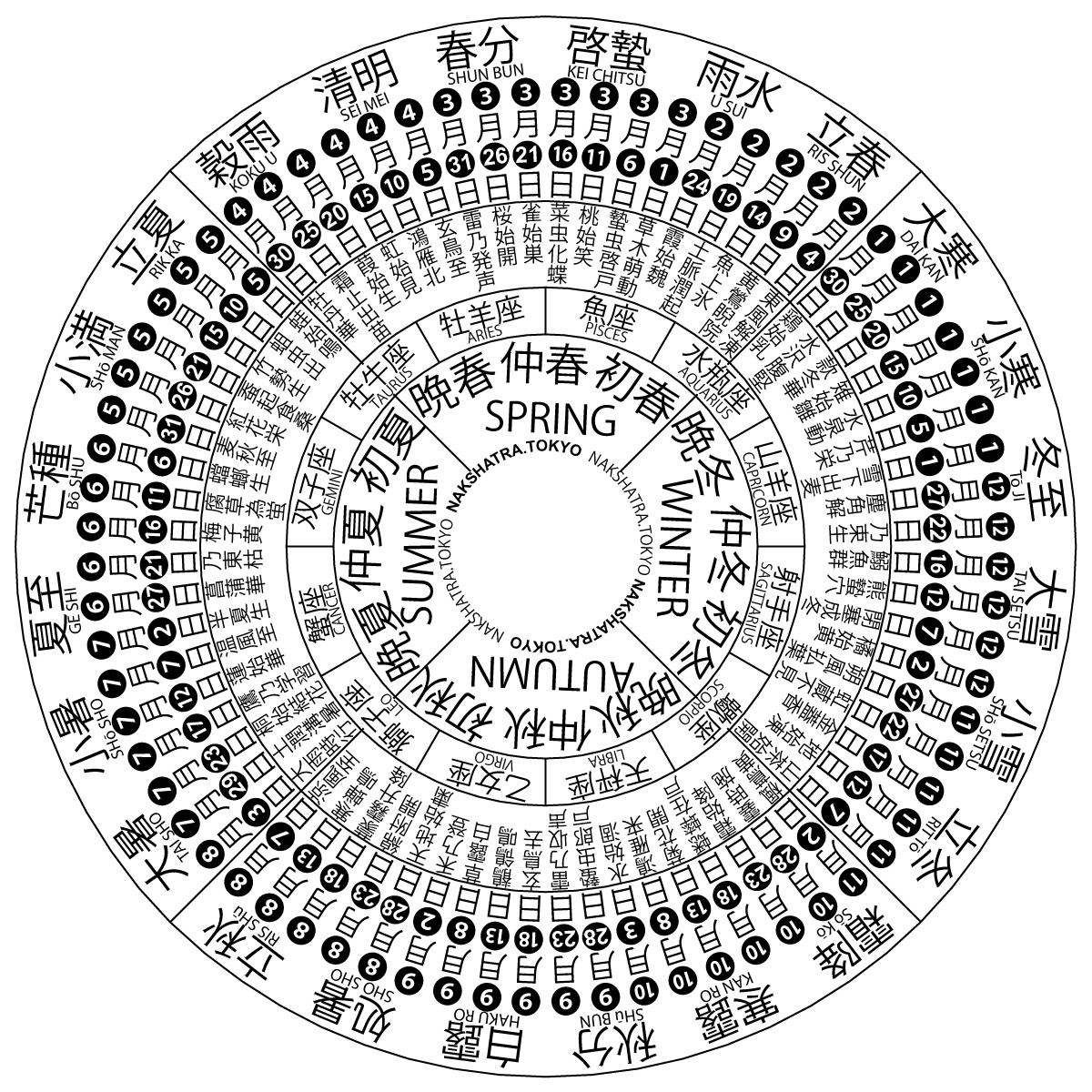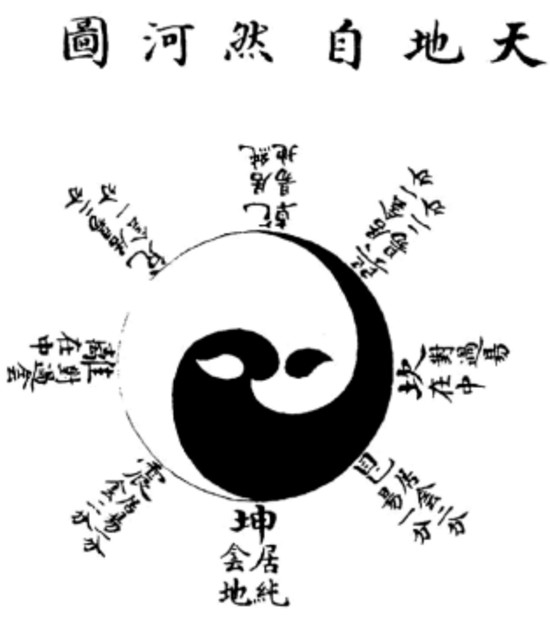|
Qi Men Dun Jia
Qimen Dunjia is an ancient form of divination from China. It is still in use in Mainland China, Taiwan, Hong Kong, Macau, Malaysia, Singapore and the Chinese diaspora in Southeast Asia. It is one of the Three Styles () of Chinese divination, with Da Liu Ren and Tai Yi Shen Shu. History Originally devised to help form military strategy and tactics, Qimen Dunjia was in use as long ago as the period of Chinese history known as the Warring States, and is believed by Chinese scholars to have been used at the Battle of Red Cliffs in the defeat of Cao Cao's ship-borne army. Liu Bowen is believed to have secured the throne for the Ming dynasty's Hongwu Emperor by applying Qimen Dunjia to his strategic planning. Over the centuries of Chinese history, Qimen Dunjia grew in popularity and was expanded to include a number of other types of divination, including medical divination, matchmaking, childbirth, travel, personal fortunes, and today includes contemporary applications, most notab ... [...More Info...] [...Related Items...] OR: [Wikipedia] [Google] [Baidu] |
Hongwu Emperor
The Hongwu Emperor (21 October 1328 – 24 June 1398), personal name Zhu Yuanzhang (), courtesy name Guorui (), was the founding emperor of the Ming dynasty of China, reigning from 1368 to 1398. As famine, plagues and peasant revolts increased across China proper in the 14th century, Zhu Yuanzhang rose to command the Red Turban forces that conquered China proper, ending the Mongol-led Yuan dynasty and forcing the remnant Yuan court (known as Northern Yuan in historiography) to retreat to the Mongolian Plateau. Zhu claimed the Mandate of Heaven and established the Ming dynasty at the beginning of 1368 and occupied the Yuan capital, Khanbaliq (present-day Beijing), with his army that same year. Trusting only his family, he made his many sons feudal princes along the northern marches and the Yangtze valley.Chan Hok-lam.Legitimating Usurpation: Historical Revisions under the Ming Yongle Emperor (r. 14021424)". ''The Legitimation of New Orders: Case Studies in World His ... [...More Info...] [...Related Items...] OR: [Wikipedia] [Google] [Baidu] |
Solar Term
A solar term is any of twenty-four periods in traditional Chinese lunisolar calendars that matches a particular astronomical event or signifies some natural phenomenon. The points are spaced 15° apart along the ecliptic and are used by lunisolar calendars to stay synchronized with the seasons, which is crucial for agrarian societies. The solar terms are also used to calculate intercalary months; which month is repeated depends on the position of the sun at the time. According to the ''Book of Documents'', the first determined term was Dongzhi (Winter Solstice) by Dan, the Duke of Zhou, while he was trying to locate the geological center of the Western Zhou dynasty, by measuring the length of the sun's shadow on an ancient timekeeper instrument named Tu Gui (土圭). Then four terms of seasons were set, which were soon evolved as eight terms; until 104 BC in the book Taichu Calendar, the entire twenty-four solar terms were officially included in the Chinese calendar. Becaus ... [...More Info...] [...Related Items...] OR: [Wikipedia] [Google] [Baidu] |
Earthly Branches
The twelve Earthly Branches or Terrestrial Branches are a Chinese ordering system used throughout East Asia in various contexts, including its ancient dating system, astrological traditions, zodiac and ordinals. Origin This system was built from observations of the orbit of Jupiter. Chinese astronomers divided the celestial circle into 12 sections to follow the orbit of ''Suìxīng'' (Jupiter, the Year Star). Astronomers rounded the orbit of Suixing to 12 years (from 11.86). Suixing was associated with ''Shètí'' ( η Boötis) and sometimes called Sheti. Jonathan Smith has proposed that the first meanings of the earthly branches, predating the Shang dynasty, were phases of the moon, with the heavenly stems at that point referring to divisions of the ecliptic. After being adopted as a calendar these would have lost their clear lunar reference, permitting their repurposing for Jupiter stations. History In correlative thinking, the 12 years of the Jupiter cycle also identi ... [...More Info...] [...Related Items...] OR: [Wikipedia] [Google] [Baidu] |
Heavenly Stems
The ten Heavenly Stems or Celestial Stems () are a Chinese system of ordinals that first appear during the Shang dynasty, c. 1250 BC, as the names of the ten days of the week. They were also used in Shang-period ritual as names for dead family members, who were offered sacrifices on the corresponding day of the Shang week. The Heavenly Stems were used in combination with the Earthly Branches, a similar cycle of twelve days, to produce a compound cycle of sixty days. Subsequently, the Heavenly Stems lost their original function as names for days of the week and dead kin, and acquired many other uses, the most prominent and long lasting of which was their use together with the Earthly Branches as a 60-year calendrical cycle. The system is used throughout East Asia. Table The Japanese names of the Heavenly Stems are based on their corresponding Wuxing elements (e.g. ''ki'' for "wood", ''mizu'' for "water"), followed by the possessive/attributive particle の (''no'') and the wo ... [...More Info...] [...Related Items...] OR: [Wikipedia] [Google] [Baidu] |
Bagua (concept)
The bagua or pakua (八卦) are a set of eight symbols that originated in China, used in Taoist cosmology to represent the fundamental principles of reality, seen as a range of eight interrelated concepts. Each consists of three lines, each line either "broken" or "unbroken", respectively representing yin or yang. Due to their tripartite structure, they are often referred to as Eight Trigrams in English. The trigrams are related to Taiji philosophy, Taijiquan and the Wuxing, or "five elements". The relationships between the trigrams are represented in two arrangements: the ''Primordial'' (), "Earlier Heaven", or "Fu Xi" bagua () and the ''Manifested'' (), "Later Heaven", or "King Wen" bagua. The trigrams have correspondences in astronomy, astrology, geography, geomancy, anatomy, the family, martial arts, Chinese medicine and elsewhere. The ancient Chinese classic, I Ching (Pinyin: Yi Jing), consists of the 64 pairwise permutations of trigrams, referred to as "hexagrams", ... [...More Info...] [...Related Items...] OR: [Wikipedia] [Google] [Baidu] |
Wuxing (Chinese Philosophy)
(; Japanese: (); Korean: (); Vietnamese: ''ngũ hành'' (五行)), usually translated as Five Phases or Five Agents, is a fivefold conceptual scheme that many traditional Chinese fields used to explain a wide array of phenomena, from cosmic cycles to the interaction between internal organs, and from the succession of political regimes to the properties of medicinal drugs. The "Five Phases" are Fire ( zh, c=, p=huǒ, labels=no), Water ( zh, c=, p=shuǐ, labels=no), Wood ( zh, c=, p=mù, labels=no), Metal or Gold ( zh, c=, p=jīn, labels=no), and Earth or Soil ( zh, c=, p=tǔ, labels=no). This order of presentation is known as the "Days of the Week" sequence. In the order of "mutual generation" ( zh, c=相生, p=xiāngshēng, labels=no), they are Wood, Fire, Earth, Metal, and Water. In the order of "mutual overcoming" ( zh, c=相克, p=xiāngkè, labels=no), they are Wood, Earth, Water, Fire, and Metal. The system of five phases was used for describing interactions and re ... [...More Info...] [...Related Items...] OR: [Wikipedia] [Google] [Baidu] |
Yin And Yang
Yin and yang ( and ) is a Chinese philosophical concept that describes opposite but interconnected forces. In Chinese cosmology, the universe creates itself out of a primary chaos of material energy, organized into the cycles of yin and yang and formed into objects and lives. Yin is the receptive and yang the active principle, seen in all forms of change and difference such as the annual cycle (winter and summer), the landscape (north-facing shade and south-facing brightness), sexual coupling (female and male), the formation of both men and women as characters and sociopolitical history (disorder and order). Taiji or Tai chi () is a Chinese cosmological term for the "Supreme Ultimate" state of undifferentiated absolute and infinite potential, the oneness before duality, from which yin and yang originate. It can be compared with the old '' wuji'' (, "without pole"). In the cosmology pertaining to yin and yang, the material energy, which this universe has created itself out o ... [...More Info...] [...Related Items...] OR: [Wikipedia] [Google] [Baidu] |
Metaphysics
Metaphysics is the branch of philosophy that studies the fundamental nature of reality, the first principles of being, identity and change, space and time, causality, necessity, and possibility. It includes questions about the nature of consciousness and the relationship between mind and matter, between substance and attribute, and between potentiality and actuality. The word "metaphysics" comes from two Greek words that, together, literally mean "after or behind or among he study ofthe natural". It has been suggested that the term might have been coined by a first century CE editor who assembled various small selections of Aristotle's works into the treatise we now know by the name ''Metaphysics'' (μετὰ τὰ φυσικά, ''meta ta physika'', 'after the ''Physics'' ', another of Aristotle's works). Metaphysics studies questions related to what it is for something to exist and what types of existence there are. Metaphysics seeks to answer, in an abstract and fu ... [...More Info...] [...Related Items...] OR: [Wikipedia] [Google] [Baidu] |
Astronomy
Astronomy () is a natural science that studies celestial objects and phenomena. It uses mathematics, physics, and chemistry in order to explain their origin and evolution. Objects of interest include planets, moons, stars, nebulae, galaxies, and comets. Relevant phenomena include supernova explosions, gamma ray bursts, quasars, blazars, pulsars, and cosmic microwave background radiation. More generally, astronomy studies everything that originates beyond Earth's atmosphere. Cosmology is a branch of astronomy that studies the universe as a whole. Astronomy is one of the oldest natural sciences. The early civilizations in recorded history made methodical observations of the night sky. These include the Babylonians, Greeks, Indians, Egyptians, Chinese, Maya, and many ancient indigenous peoples of the Americas. In the past, astronomy included disciplines as diverse as astrometry, celestial navigation, observational astronomy, and the making of calendars. ... [...More Info...] [...Related Items...] OR: [Wikipedia] [Google] [Baidu] |

.jpg)




